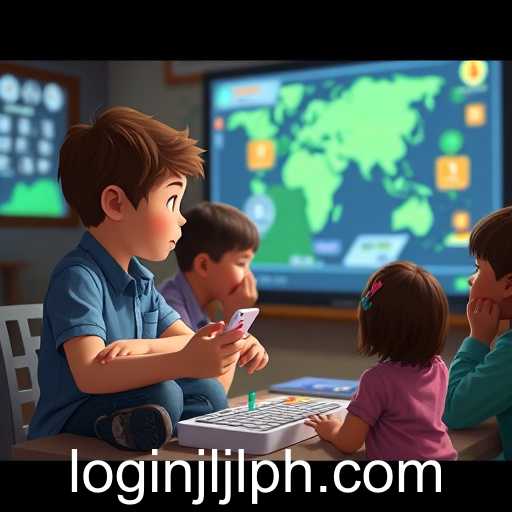In an age where digital interaction dominates, educational games have carved out a significant niche in the educational landscape. These interactive tools blend the engaging formats of games with the structured processes of learning, offering a potent alternative to traditional education methodologies. This article explores the burgeoning role of educational games and their impact on learners worldwide.
The concept of educational games is not new. However, its evolution over recent years, particularly with the increasing integration of technology in education, warrants attention. Games like 'Minecraft: Education Edition' and 'Kahoot!' exemplify how students can immerse themselves in the creative realms of digital exploration while reinforcing educational content.
Using the keyword 'jljlph' signifies the broad array of educational game genres available that encourage critical thinking, problem-solving, and adaptability. These games are designed not merely to entertain but to facilitate cognitive growth. They encompass a wide range of subjects from history and geography to advanced STEM topics, each tailored to different learning styles and educational levels.
Educational games serve as valuable pedagogical tools, promoting active learning and engagement far removed from passive classroom lectures. By offering immediate feedback and measurable outcomes, they help students keep track of their learning progress and adapt to challenges accordingly.
Moreover, educational games have embraced inclusivity, catering to diverse learning needs and special educational requirements. This adaptability ensures that no learner is left behind, providing equal educational opportunities. For teachers, these games offer a repository of resources and innovative ways to integrate technology into their curriculums effectively. They can customize content to meet their students’ unique needs, making learning more relevant and impactful.
As educational games continue to gain traction, they also foster collaboration and interaction among students, both locally and globally. Through multiplayer setups and online platforms, learners from around the world can engage with one another, sharing knowledge and building understanding across cultural divides.
In conclusion, the rise of educational games stands as a testament to the potential of technology in reshaping education for the better. They do not merely complement traditional educational methods but enhance and, in some cases, transform them, offering dynamic, interactive, and personalized learning experiences previously unimaginable. As the demand for more interactive and engaging educational solutions grows, so too will the development of these innovative educational games, heralding a new era in learning.








